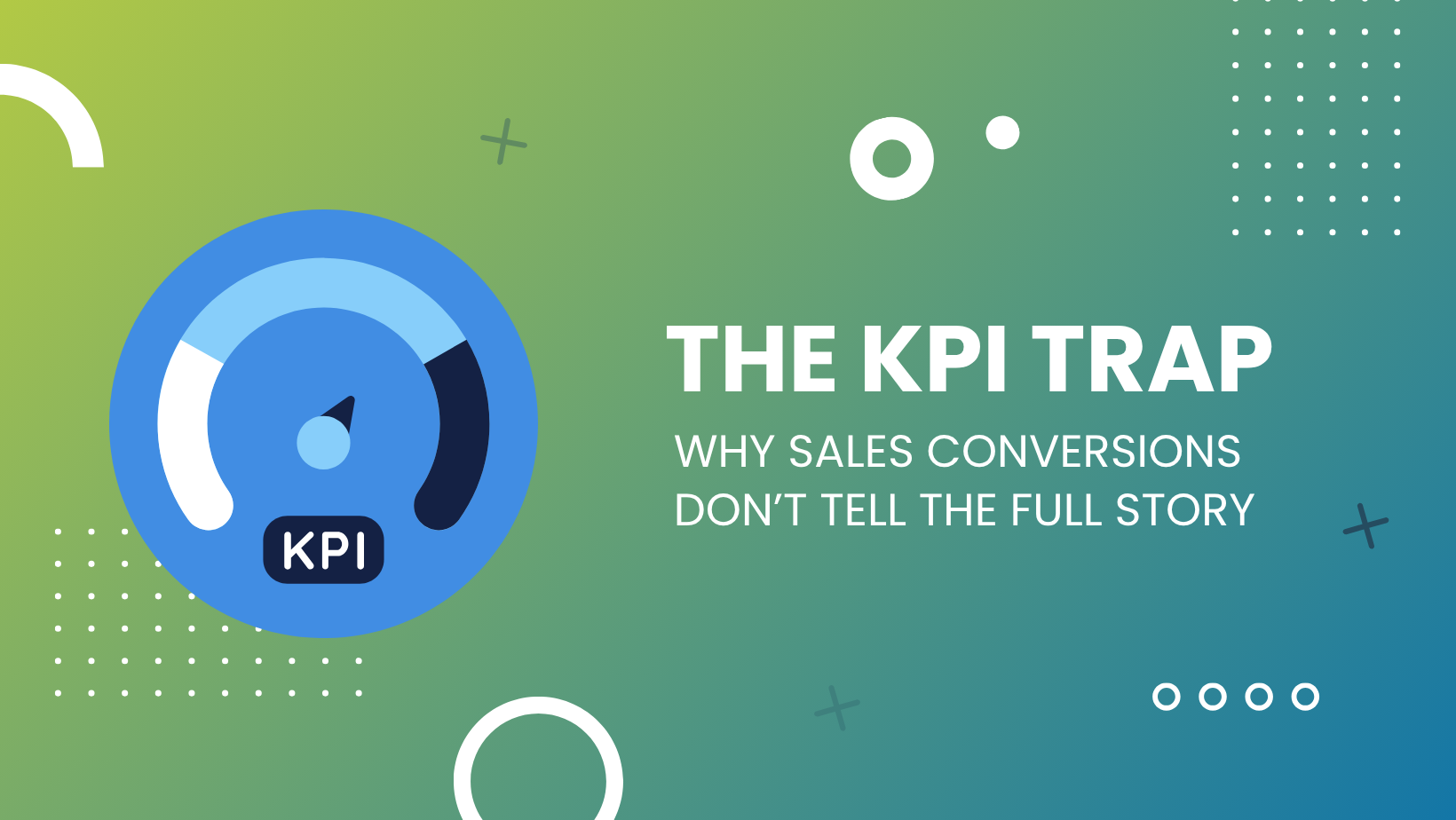The True Cost of Siloed Marketing (and How to Fix It)

Departments with different marketing goals operate like separate kingdoms within many organizations. Each team defends its own territory, using different tools, chasing different metrics, and rarely sharing insights with neighboring departments. This fragmented approach—known as siloed marketing—creates hidden costs that drain budgets and undermine campaign effectiveness.
This blog post outlines the hidden expenses of siloed marketing and provides actionable strategies to build an integrated marketing approach that maximizes ROI and strengthens your competitive position.

What Is Siloed Marketing?
Siloed marketing occurs when different departments or teams operate independently without sharing data, insights, or coordinated strategies. Each group functions as an isolated unit, often duplicating efforts and working toward conflicting objectives.
Common characteristics of siloed marketing include:
- Disconnected communication between teams
- Separate budgets for similar activities
- Different platforms and tools for each department
- Inconsistent messaging across channels
- Limited data sharing between teams
- Competing priorities that undermine overall goals
Signs Your Marketing Is Siloed
Your marketing might be siloed if you notice these warning signs:
Quick Checklist: Is Your Marketing Siloed?
- Do teams use different tools for similar functions?
- Are campaign messages inconsistent across channels?
- Do you struggle to track customer journeys completely?
- Are teams competing for the same audience segments?
- Is data sharing difficult between departments?
If you checked multiple boxes, your organization likely faces the costly consequences of siloed marketing.

The Hidden Costs of Siloed Marketing
Wasted Budget
Siloed marketing creates multiple opportunities for budget waste. When teams operate independently, they often duplicate efforts and miss cost-saving opportunities.
Redundant Tools and Subscriptions. Organizations frequently pay for multiple software licenses that serve similar functions. The social media team might use one scheduling tool while the content team uses another. Email marketing platforms multiply across departments, each carrying separate monthly fees.
Duplicate Campaigns. Different teams sometimes target the same audience segments with similar messages. This internal competition drives up advertising costs and confuses potential customers who receive competing offers from the same company.
Inefficient Media Buys. Fragmented purchasing power reduces negotiating leverage with vendors. When teams buy advertising space separately, they miss volume discounts and optimal placement opportunities that integrated approaches provide.
Inconsistent Messaging and Branding
Brand consistency builds trust and recognition. Siloed marketing undermines these efforts by creating disconnected customer experiences.
Confused Audiences. Customers receive mixed messages about your brand's value proposition. One department might emphasize price leadership while another highlights premium quality. This confusion weakens brand positioning and reduces conversion rates.
Missed Brand Recognition Opportunities. Inconsistent visual elements, tone of voice, and messaging prevent customers from developing strong brand associations. Every touchpoint should reinforce your brand identity, but siloed teams often work from different brand guidelines or ignore them entirely.
Missed Data Insights
Data fragmentation prevents organizations from understanding their customers completely. When teams can't access comprehensive customer information, they make suboptimal decisions that hurt performance.
Incomplete Customer Profiles. Marketing automation suffers when customer data remains scattered across systems. Teams miss opportunities to deliver personalized experiences because they lack complete customer histories and preferences.
Poor Attribution Tracking. Cross-channel marketing attribution becomes impossible when teams use separate tracking systems. This limitation prevents accurate ROI measurement and leads to misguided budget allocation decisions.
Fragmented Reporting. Separate reporting systems make it difficult to identify successful strategies and scale them across channels. Teams might duplicate failed approaches or miss opportunities to replicate wins.
Slow Campaign Execution
Siloed marketing creates communication bottlenecks that delay campaign launches and reduce responsiveness to market opportunities.
Extended Approval Cycles. When teams operate independently, getting approval for cross-channel campaigns requires multiple sign-offs and lengthy coordination meetings. These delays cause missed opportunities and increased costs.
Content Duplication. Teams often recreate similar content assets instead of sharing resources. This duplication wastes time and creates inconsistent messaging across channels.
Reduced Agility. Market conditions change rapidly, but siloed teams struggle to coordinate quick responses. Competitors with integrated marketing approaches can adapt faster and capture market share.
Decreased ROI
All these inefficiencies combine to reduce overall marketing effectiveness. Siloed marketing approaches consistently underperform compared to integrated strategies.
Research shows that companies with integrated marketing strategies achieve 58% higher revenue growth than those with siloed approaches. The coordination benefits compound over time, creating significant competitive advantages for organizations that successfully break down marketing silos.

What Integrated Marketing Looks Like
An integrated marketing approach coordinates all marketing activities to deliver consistent, cohesive customer experiences. Rather than operating as separate departments, teams work together toward shared objectives using unified strategies and systems.
Key Components of Integrated Marketing
Shared Goals and Metrics. All marketing teams work toward common objectives with aligned key performance indicators. Success metrics focus on overall business outcomes rather than departmental achievements.
Centralized Data Management. Customer information flows freely between systems, creating complete customer profiles that inform all marketing decisions. Teams access real-time data to coordinate campaigns and measure cross-channel performance.
Consistent Messaging. Brand voice, visual identity, and core messages remain consistent across all channels. Customers receive coherent experiences regardless of how they interact with your brand.
Cross-Channel Planning. Campaign strategies consider how different channels work together to guide customers through their journey. Teams coordinate timing, messaging, and creative assets to maximize impact.
Unified Technology Stack. Marketing tools integrate seamlessly, allowing data to flow between systems and teams to collaborate efficiently. Automation workflows span multiple channels to deliver personalized experiences.

How to Break Down Marketing Silos
Transitioning from siloed to integrated marketing requires strategic planning and commitment from leadership. These practical steps help organizations build more effective, unified marketing operations.
1. Audit Your Current Structure
Begin by documenting your existing marketing structure to identify specific silos and their impacts.
Inventory Your Tools and Platforms. List all marketing software, subscriptions, and tools used across departments. Identify redundancies and integration opportunities that could reduce costs and improve efficiency.
Map Your Workflows. Document how campaigns move from conception to execution. Identify bottlenecks, approval delays, and communication gaps that slow down marketing activities.
Analyze Your Data Sources. Catalog all customer data collection points and storage systems. Assess data quality, accessibility, and integration capabilities to understand current limitations.
2. Partner with an Integrated Marketing Firm
Working with an experienced integrated marketing partner accelerates the transition and provides expertise that internal teams might lack.
Benefits of Professional Integration Support. BBG&G's comprehensive approach eliminates the need for multiple marketing partners. Our research, thinking, and planning process drives creative solutions that deliver measurable results. We stay closely tuned to emerging trends and new research to enhance our extensive experience.
Our planning gives creative work humanity, intimacy, and realness. This "work we do before we do the work" approach ensures that integrated marketing strategies align with business objectives and customer needs.
One-Stop Shop Advantage. Rather than coordinating multiple agencies and vendors, partnering with BBG&G provides access to all marketing services under one roof. This unified approach eliminates communication gaps and ensures consistent strategy execution across all channels.
3. Centralize Data and Technology
Technology integration forms the foundation of successful integrated marketing strategies.
Implement Unified Platforms. Choose marketing automation, CRM, and analytics platforms that integrate seamlessly. These systems should allow data sharing between teams and provide comprehensive reporting capabilities.
Establish Data Standards. Create consistent data collection and management protocols across all marketing activities. Standardized data formats and naming conventions ensure information flows smoothly between systems.
Improve Data Quality. Clean existing customer databases and establish ongoing data hygiene practices. Accurate, complete customer information enables better segmentation and personalization across channels.
4. Create a Unified Brand Voice
Brand consistency requires documented guidelines and collaborative content creation processes.
Develop Comprehensive Brand Guidelines. Create detailed brand standards that cover voice, tone, visual elements, and messaging frameworks. These guidelines should be accessible to all marketing team members and external partners.
Establish Content Collaboration Systems. Implement workflows that allow teams to share content assets, review materials, and coordinate messaging. Content management systems should enable easy access to approved materials across all channels.
Regular Brand Audits. Conduct periodic reviews of marketing materials across all channels to ensure brand consistency. Address discrepancies quickly and update guidelines based on new insights.
5. Foster a Culture of Collaboration
Successful integration requires cultural changes that encourage teamwork and shared accountability.
Leadership Commitment. Senior leadership must model integrated thinking and reward collaborative behavior. Success metrics should emphasize cross-channel performance rather than individual team achievements.
Regular Communication. Establish recurring meetings and communication channels that facilitate information sharing between teams. These touchpoints help coordinate campaigns and share insights across departments.
Collaborative Training. Provide training that helps team members understand how their work contributes to overall marketing objectives. Cross-functional knowledge sharing improves decision-making and reduces silos.

Making Integration Work: The ROI of Unified Marketing
Organizations that successfully implement integrated marketing strategies see measurable improvements in efficiency, cost management, and campaign performance. The initial investment in integration pays dividends through reduced waste, improved customer experiences, and stronger competitive positioning.
Long-Term Efficiency Gains. Integrated marketing approaches eliminate redundant processes and streamline workflows. Teams spend less time coordinating activities and more time executing strategic initiatives that drive business growth.
Cost Savings Through Coordination. Unified purchasing power, reduced tool redundancy, and eliminated duplicate efforts create significant cost savings. These savings can be reinvested in strategic initiatives that further strengthen marketing effectiveness.
Enhanced Customer Experiences. Consistent messaging and coordinated touchpoints create stronger brand relationships. Customers receive relevant, personalized experiences that build trust and drive loyalty.
When marketing works together, every dollar works harder. The compound benefits of integration create sustainable competitive advantages that grow stronger over time.
Transform Your Marketing Strategy Today
Siloed marketing costs organizations more than they realize. Hidden expenses accumulate through wasted budgets, missed opportunities, and reduced effectiveness. The solution requires strategic thinking, proper tools, and commitment to collaborative approaches.
Ready to break down silos and unlock your marketing potential?
Contact us or schedule a consultation to see how an integrated approach can deliver results.




